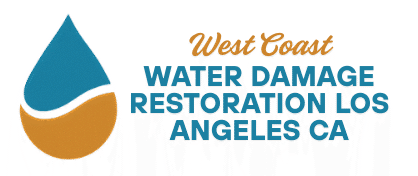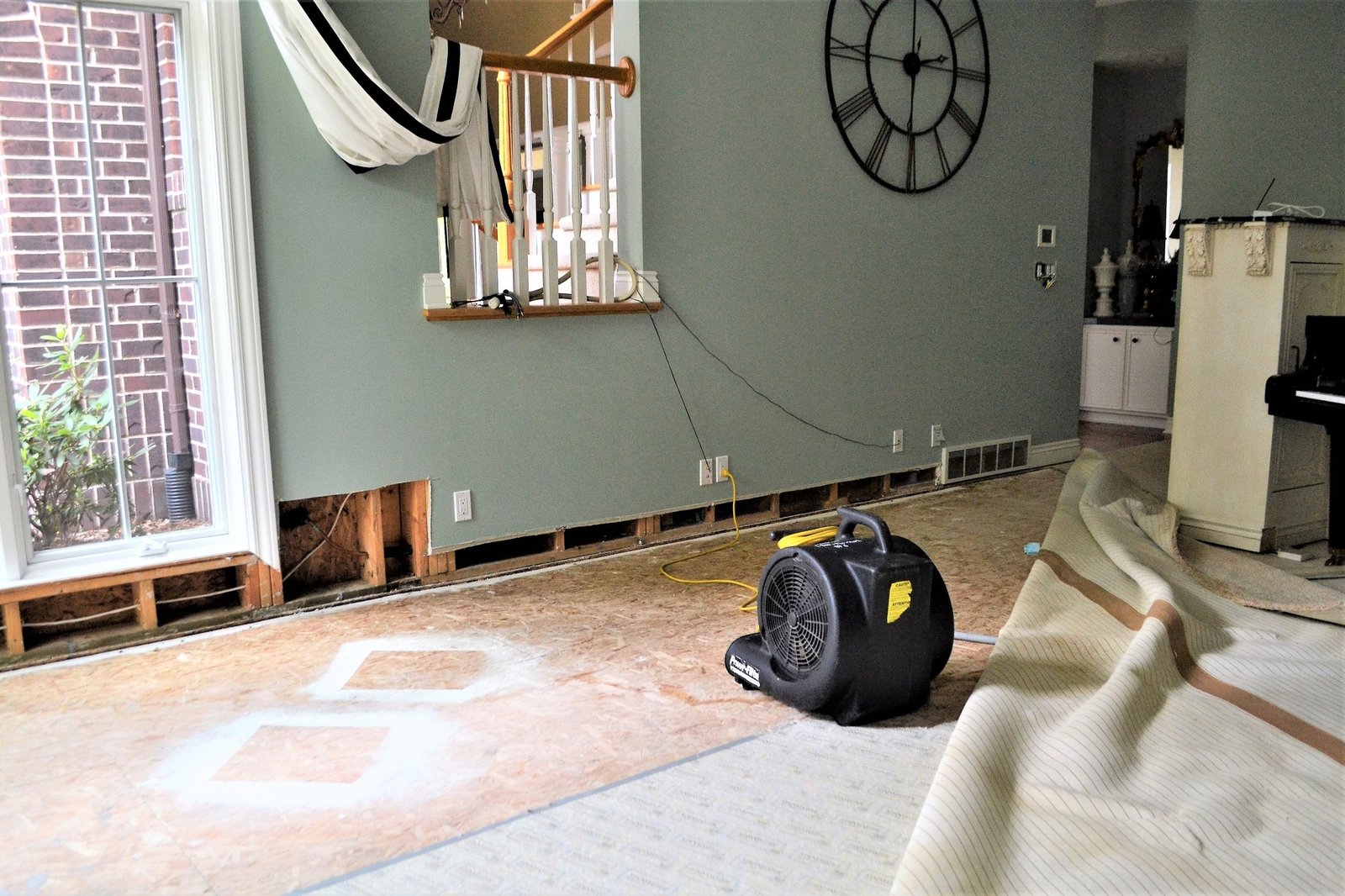When water enters a building unexpectedly, it can cause significant harm. This is known as flood damage. It can happen from heavy rain, burst pipes, or issues with plumbing. The water can soak into floors, walls, and furniture, leading to various problems if not handled quickly.
The Impact of Water Intrusion
Water damage is more than just a wet spot. It can lead to several serious issues over time.
- Structural Harm: Water can weaken the structure of a building, affecting wooden beams, drywall, and foundations.
- Mold Growth: Within 24 to 48 hours, mold can begin to grow in damp areas. Mold can cause health problems and further damage materials.
- Property Loss: Personal items like furniture, electronics, and documents can be ruined by water.
- Unpleasant Odors: Standing water or dampness can create musty smells that are hard to remove.
Immediate Steps After Water Damage
Acting quickly is very important when flood damage occurs. These steps can help reduce the total impact.
Safety First
- Turn off electricity to the affected areas if it is safe to do so. This helps prevent electrical shocks.
- Stay out of rooms where water is deep or where the ceiling might be weak.
- Wear protective gear like gloves and boots if you need to enter the area.
Protecting Your Property
- Remove valuable items, important documents, and electronics from the wet areas.
- Lift furniture off wet carpets or floors. Place aluminum foil or wood blocks under furniture legs to prevent staining.
- Open windows and doors to help with air circulation, if the weather allows.
The Professional Cleanup Process
A thorough and effective process is followed for Flood Damage Cleanup in Calabasas CA. This involves several key stages to ensure a property is restored safely and completely.
Assessment and Inspection
First, trained professionals will carefully inspect the affected area. They use special tools to find all areas where water has spread, even hidden moisture. This assessment helps them understand the extent of the damage and plan the best way forward.
Water Extraction
Once the assessment is complete, standing water is removed. Powerful pumps and vacuums are used to extract water quickly from floors, carpets, and other surfaces. This step is crucial for preventing further damage and mold growth.
Drying and Dehumidification
After most of the water is extracted, the area must be thoroughly dried. Industrial-strength air movers and dehumidifiers are brought in. These machines work to remove moisture from the air and from building materials. Monitoring equipment is used to make sure everything is completely dry, which is essential for preventing mold.
Cleaning and Sanitizing
All affected surfaces are cleaned and sanitized. This step removes dirt, debris, and any potential bacteria or contaminants left behind by the water. Special antimicrobial treatments may be applied to prevent mold and mildew from returning. Odor removal is also a part of this stage, leaving the property fresh.
Restoration and Repairs
The final stage involves restoring the property to its pre-damage condition. This can include repairing or replacing damaged drywall, flooring, and other structural elements. Any items that could not be saved are removed, and new materials are installed as needed. This ensures the property is safe and comfortable again.





